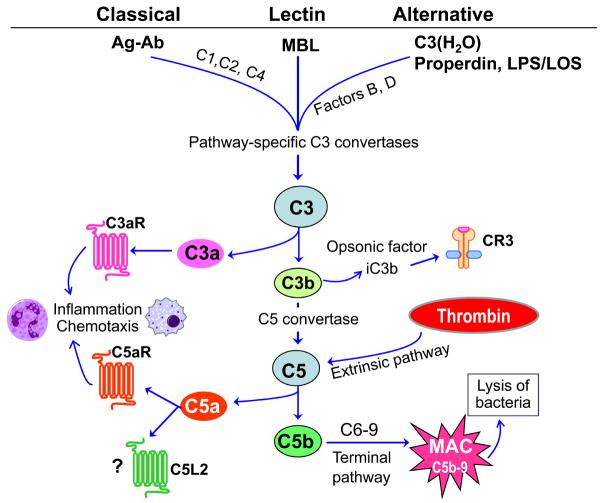Fig.1. Activation pathways of the complement system.
All three pathways converge at a central step, involving activation of the third component of complement (C3) by pathway-specific C3 convertases. The classical pathway is initiated by antigen-antibody (Ag-Ab) complexes and requires the participation of C1, C2, and C4. The lectin pathway is triggered through interaction of the mannose-binding lectin (MBL) with specific carbohydrate groups on the surface of microorganisms. The alternative pathway is initiated by spontaneously hydrolyzed C3 [C3(H2O)] which can thereby form a complex with factor B, followed by factor B cleavage by factor D and formation of the initial alternative pathway C3 convertase (104). Morerover, the alternative pathway can be induced by bacterial lipopolysacharide (LPS) and lipooligosacharide (LOS) in a properdin-dependent way (86). Proteolytic cleavage of a series of proteins downstream of C3 leads to the generation of potent effector molecules. These include the anaphylatoxins C3a and C5a, which activate specific receptors (C3aR and C5aR, respectively), although C5a also interacts with the so-called C5a receptor-like 2 (C5L2), which is only modestly characterized (91). Additional effectors generated downstream of C3 are the opsonins C3b and iC3b, the latter of which coats microbes and promotes their phagocytosis by complement receptor-3 (CR3). In the terminal pathway, C5b initiates the assembly of the C5b-9 membrane attack complex (MAC), which in turn induces microbial cell lysis (104). Complement activation can also occur through cross-talk with other physiological pathways, such as the coagulation system, in which thrombin acts as a C5 convertase (71).

